Honor 10 vs Huawei P20: way more similar than you may realize
Two surprisingly similar flagships
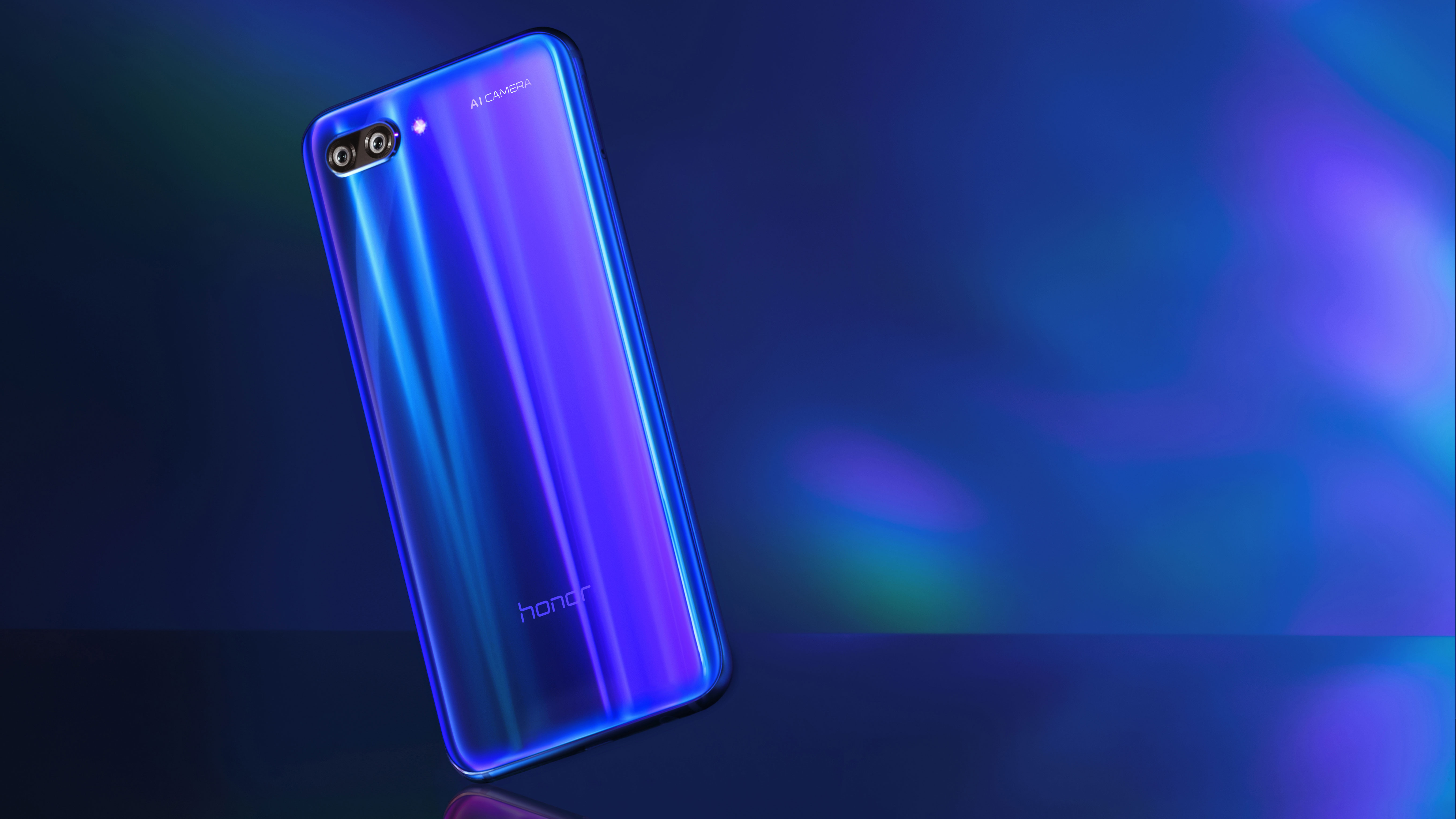
The Honor 10 has arrived, packing high-end specs at an affordable price, but it’s somewhat similar to a phone you could already buy, namely the Huawei P20.
That’s because Honor is a sub-brand of Huawei, so their latest flagships have a number of things in common, yet the Huawei P20 costs a fair bit more.
With that in mind we’ve created this guide to their similarities and differences to give you an idea of where your money goes and whether the Huawei P20 is worth the extra expense.
Honor 10 vs Huawei P20 design
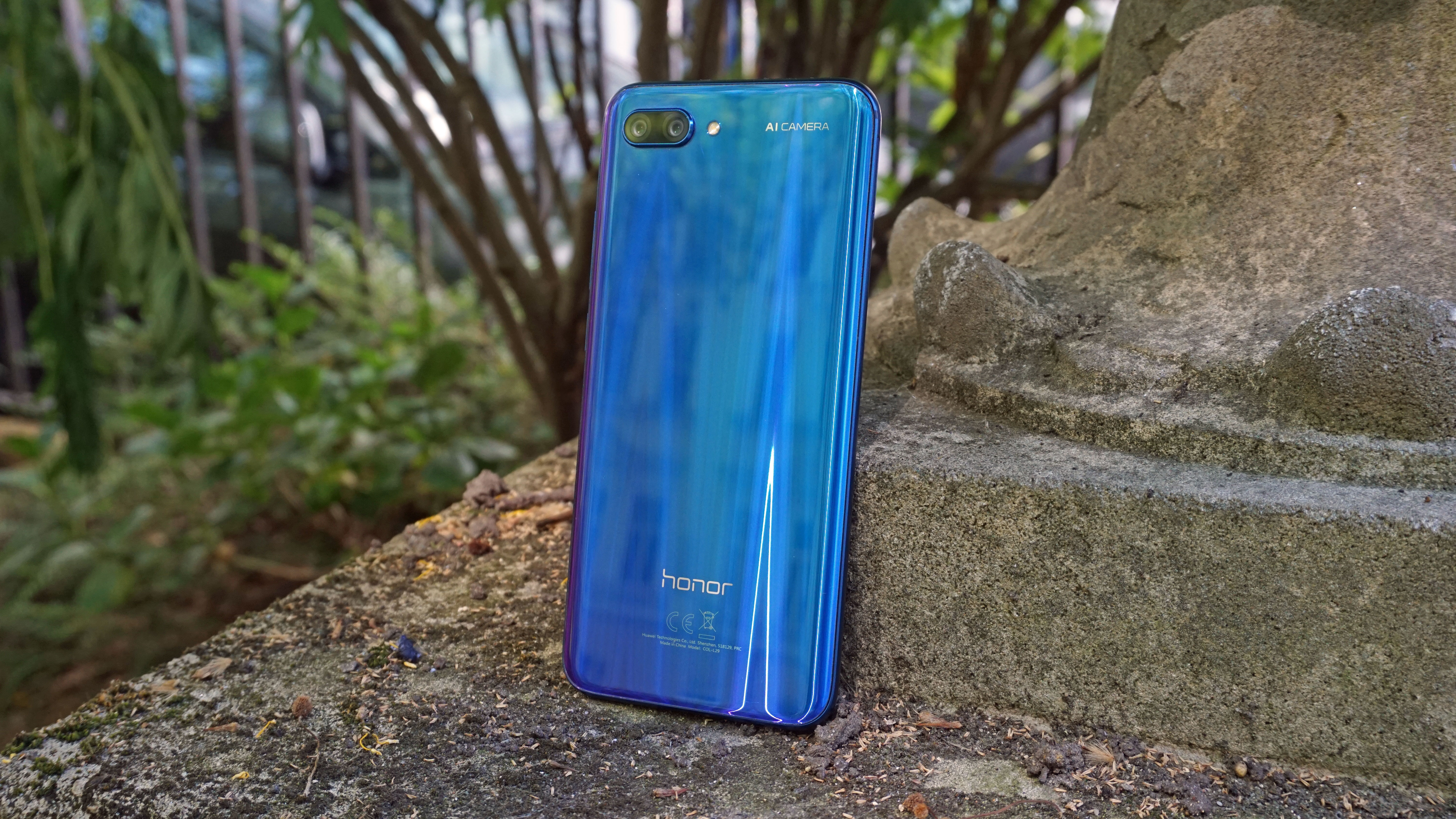
The Honor 10 and Huawei P20 both have a glass back and both have a similar color-changing trick, as certain shades of these phones will shift between colors depending on the light and angle you hold them at.
That aside, both have a fairly plain back, but the Honor 10’s is arguably showier as its 15-layer construction causes light to dance on its surface.
Both phones have metal frames and if you flip them to the front you’ll find that both have slim bezels and a notch (which can optionally be hidden).
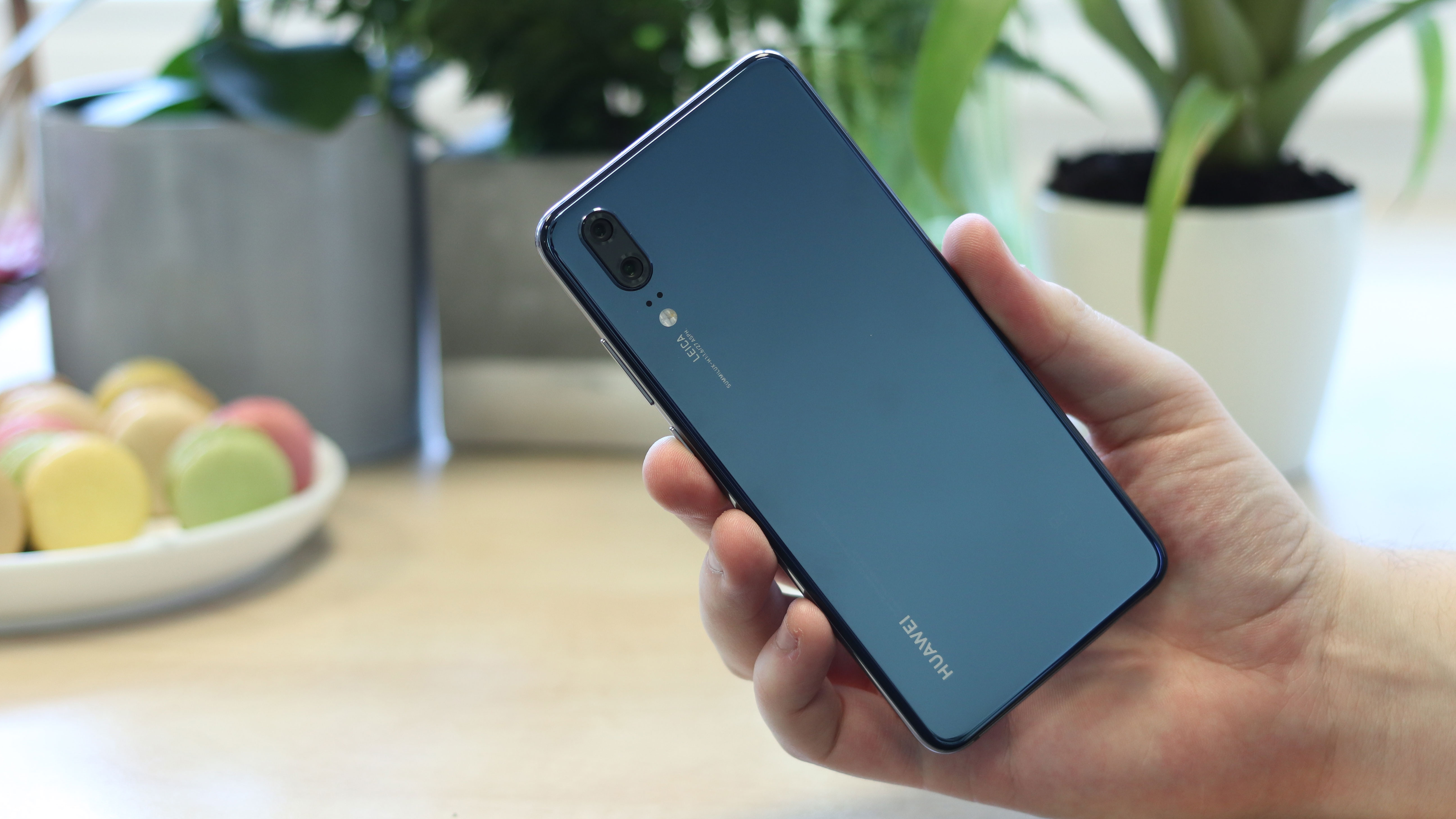
Both phones also house a fingerprint scanner in their bottom bezel, but the Honor 10’s is under the glass, making for a smooth surface across the entire front of the phone. That’s a trick the Huawei P20 doesn’t manage, despite costing more.
Get daily insight, inspiration and deals in your inbox
Sign up for breaking news, reviews, opinion, top tech deals, and more.
Dimensions meanwhile are 149.1 x 70.8 x 7.7mm in the case of the Huawei P20 and 149.6 x 71.2 x 7.7mm in the case of the Honor 10, which is to say they’re very similarly sized, but the Huawei P20 is negligibly smaller. It’s slightly heavier though, at 165g to the Honor 10’s 153g.
Honor 10 vs Huawei P20 display
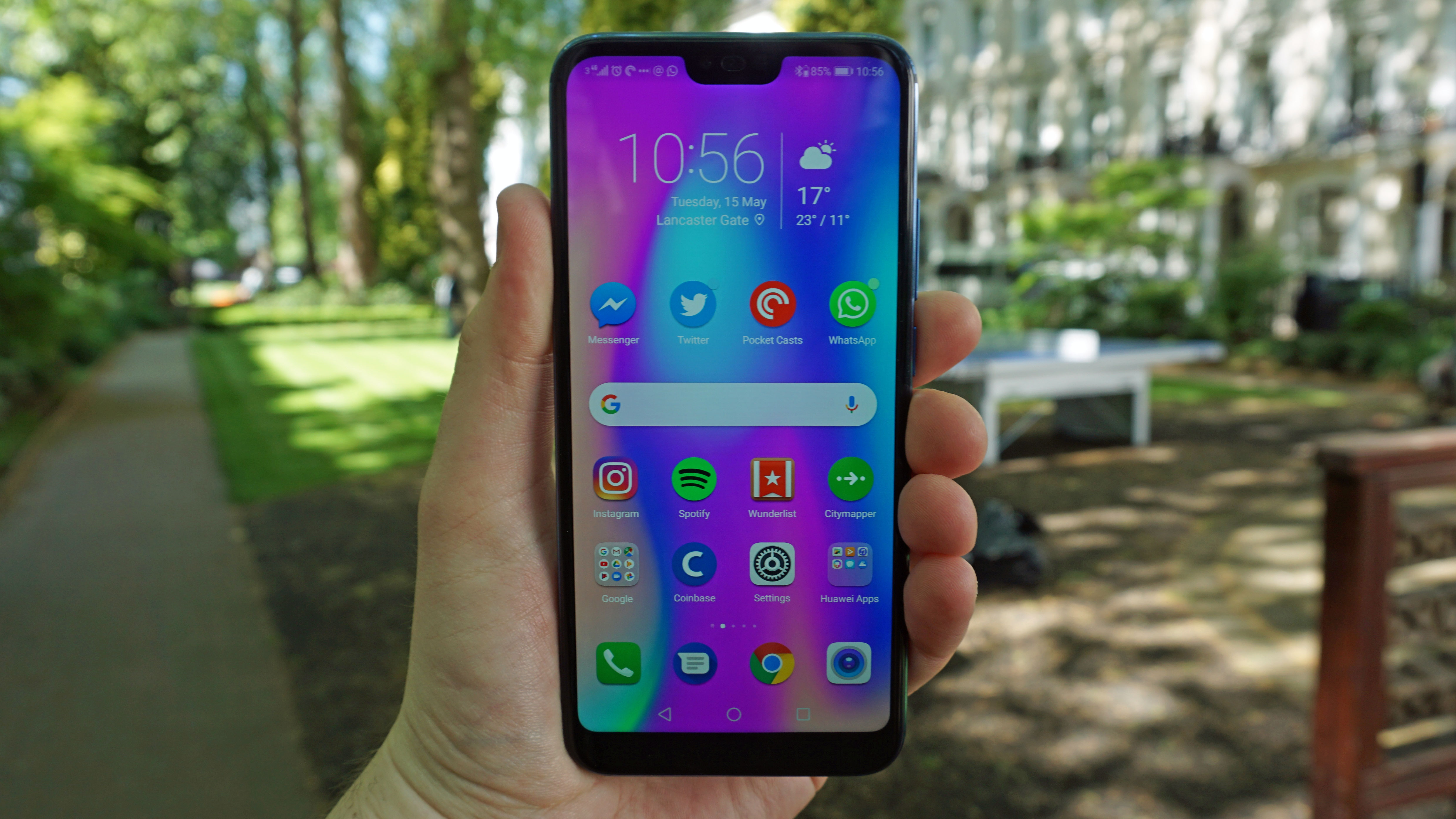
As well as similar designs, these two phones also have very similar screens. The Honor 10 has a 5.84-inch 1080 x 2280 IPS LCD display, an aspect ratio of 19:9 and a pixel density of 432 pixels per inch, while the Huawei P20 has a 5.8-inch 1080 x 2240 IPS LCD screen with an aspect ratio of 18.7:9 and a pixel density of 429 pixels per inch.
So the Honor 10’s screen is ever so slightly larger, higher resolution and sharper, but it really is a very small difference.
To judge the actual quality of the Honor 10’s screen we’ll have to look beyond specs, so keep an eye out for that in our full review, but the Huawei P20’s screen impressed us.
Honor 10 vs Huawei P20 OS and power

There’s also not much to choose when it comes to power, as both the Honor 10 and Huawei P20 have an octa-core Kirin 970 chipset. That’s a high-end chipset, so you can expect solid performance from either phone.
In the Huawei P20’s case that’s paired with 4GB of RAM, while the Honor 10 is landing in both 4GB and 6GB versions (4GB in the UK). As for storage, you get 128GB with the Huawei P20 and either 64GB or 128GB with the Honor 10 (128GB in the UK), and neither phone has a microSD card slot.
Both phones run Android Oreo overlaid with EMUI 8.1, so there’s nothing to choose there, and as they’re both similarly new they may well get supported with updates for the same period of time.
Honor 10 vs Huawei P20 camera and battery
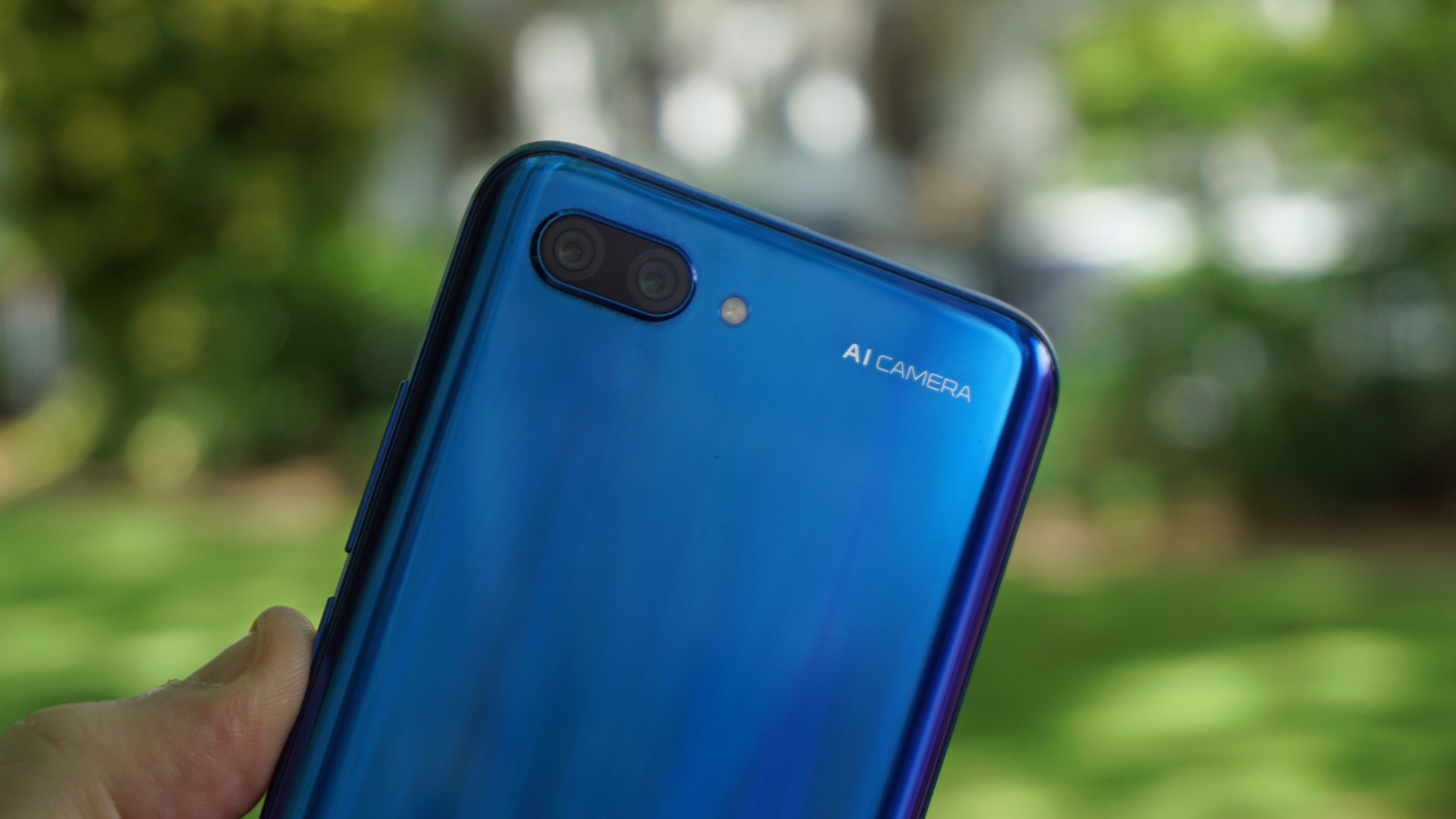
There’s a bit more of a difference in their cameras, though still a lot of similarities. The Honor 10 has a dual-lens rear camera with both a 16MP f/1.8 color lens and a 24MP monochrome lens.
It can combine the two lenses when capturing a single image for detail-rich photos and it can use AI scene recognition to automatically adjust the settings based on what you’re shooting. It can even recognize multiple things within a single scene.
The Huawei P20 also has a dual-lens camera with AI-powered scene recognition, but its lenses are a 12MP f/1.8 color one and a 20MP f/1.6 monochrome one.

It additionally uses AI for image stabilization and low light shooting, the latter feature often leading to surprisingly great shots of dim environments. It remains to be seen whether the Honor 10 can match it there.
However, both phones can record 4K video using their rear cameras and both have a 24MP f/2.0 selfie camera that can record at up to 1080p.
The battery meanwhile is 3,400mAh in both phones, which, given their similar specs, may well lead to similar life. The Huawei P20 has all-day life, but we won’t know how the Honor 10 performs until we’ve reviewed it in full. Both also support fast charging, but not wireless charging.
Honor 10 vs Huawei P20 price and availability
The Honor 10 is out today (May 15) in the UK and costs £399.99 (around $545 / AU$720), while the Huawei P20 has been out a while and costs £599 (roughly $810 / AU$1,080), though some stores now stock it from around £550 (approximately $740 / AU$1,000). So the Huawei P20 is a fair bit more expensive.
It’s also worth noting that the Huawei P20 isn’t coming to the US and there’s no word on an Australian launch. There’s also no word on whether the Honor 10 will come to the US or Australia but as the Honor 9 didn’t we wouldn’t expect it to.
Takeaway
The Huawei P20 and Honor 10 are remarkably similar phones on paper, and despite the Honor 10 costing a lot less it’s actually arguably better in some ways, from its flashy back to its potential for more RAM and its under-glass fingerprint scanner.
However, don’t be surprised if in practice the Huawei P20 has the better camera and screen – we won’t know for sure until we’ve reviewed the Honor 10, but the extra outlay has got to go somewhere.
Even then though, at between £150-£200 less the Honor 10 could prove a very tempting option if it’s as good as it sounds on paper.
- The Huawei P20 Pro is a higher end option
James is a freelance phones, tablets and wearables writer and sub-editor at TechRadar. He has a love for everything ‘smart’, from watches to lights, and can often be found arguing with AI assistants or drowning in the latest apps. James also contributes to 3G.co.uk, 4G.co.uk and 5G.co.uk and has written for T3, Digital Camera World, Clarity Media and others, with work on the web, in print and on TV.